Optimal Timing for Waterproofing Projects
Waterproofing is a critical component in protecting structures from water intrusion and damage. The timing of waterproofing projects can significantly influence their effectiveness and longevity. Proper scheduling ensures optimal adhesion, curing, and performance of waterproofing materials, reducing the likelihood of future issues.
Spring offers moderate temperatures and lower humidity, ideal for waterproofing applications before heavy rainfall begins.
Summer provides warm, dry conditions, suitable for most waterproofing products, ensuring proper curing and adhesion.
Fall's cooler temperatures and reduced humidity help prepare structures for winter, preventing water damage during freezing conditions.
Winter is generally not recommended due to cold temperatures and moisture challenges, which can impair waterproofing materials' performance.
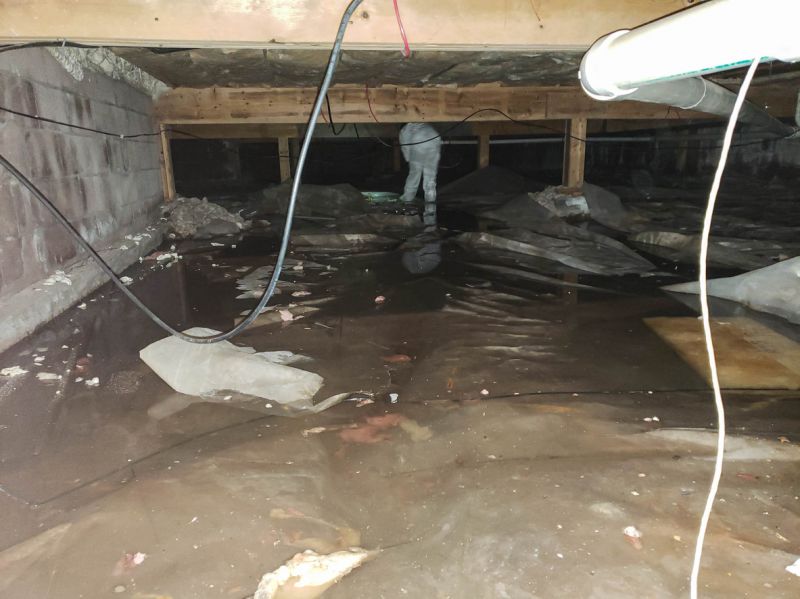
Ways to make Waterproofings work in tight or awkward layouts.
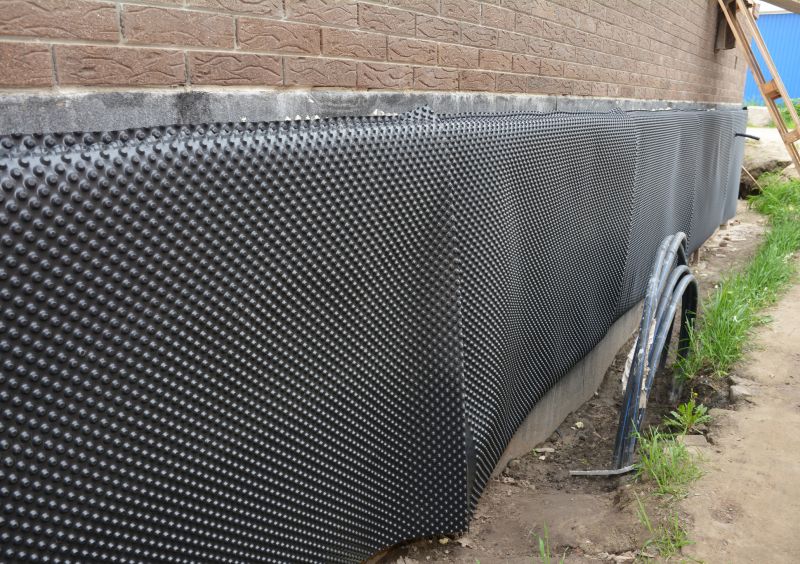
Popular materials for Waterproofings and why they hold up over time.
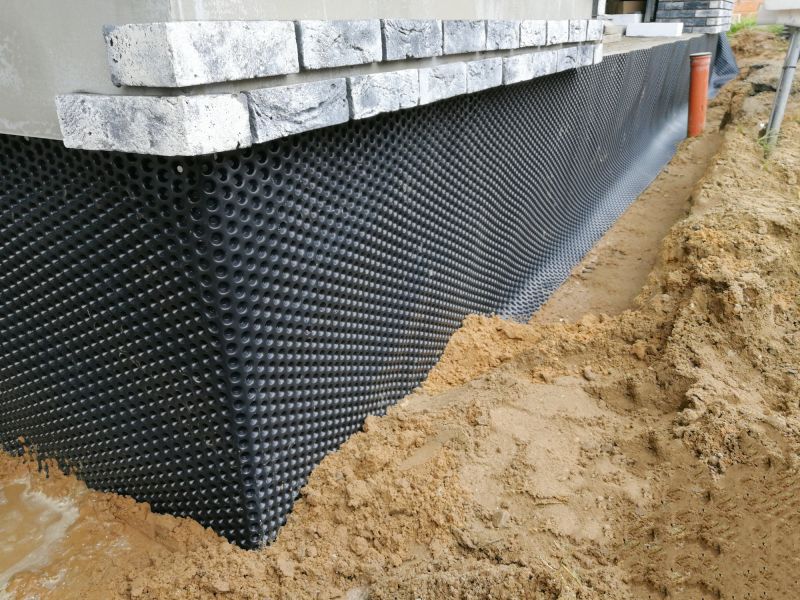
Simple add-ons that improve Waterproofings without blowing the budget.

High-end options that actually feel worth it for Waterproofings.
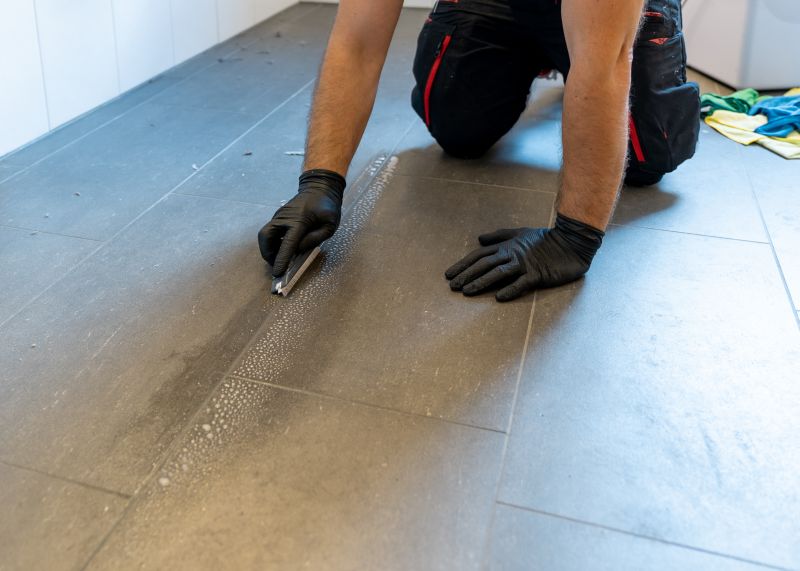
Finishes and colors that play nicely with Waterproofings.
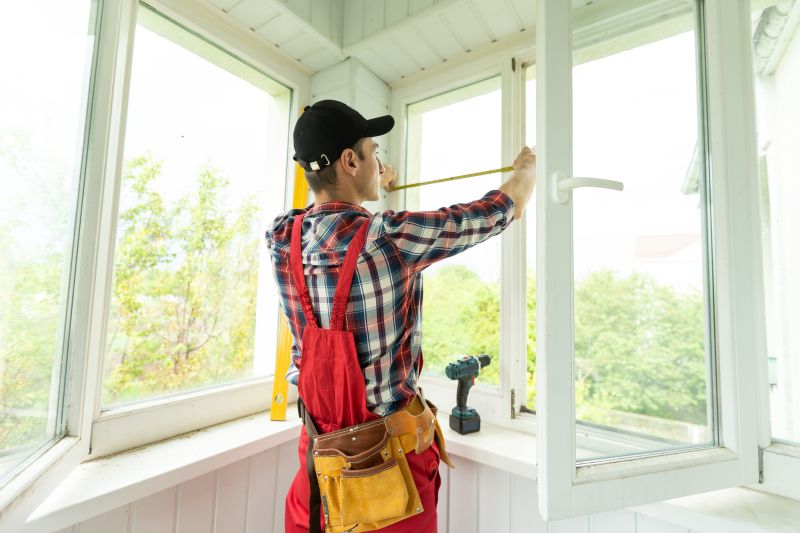
Little measurements that prevent headaches on Waterproofings day.
| Season | Ideal Conditions |
|---|---|
| Spring | Temperatures 50-75°F, low humidity, dry days |
| Summer | Warm temperatures, low humidity, dry weather |
| Fall | Cooler temperatures, dry conditions, moderate humidity |
| Winter | Cold temperatures, high moisture, not recommended |
Waterproofings involve applying specialized materials to prevent water penetration in foundations, basements, roofs, and other vulnerable areas. Proper waterproofing extends the lifespan of structures, prevents costly repairs, and maintains structural integrity. Advances in waterproofing technology include elastomeric coatings, liquid membranes, and membrane systems that provide durable, flexible, and weather-resistant barriers.
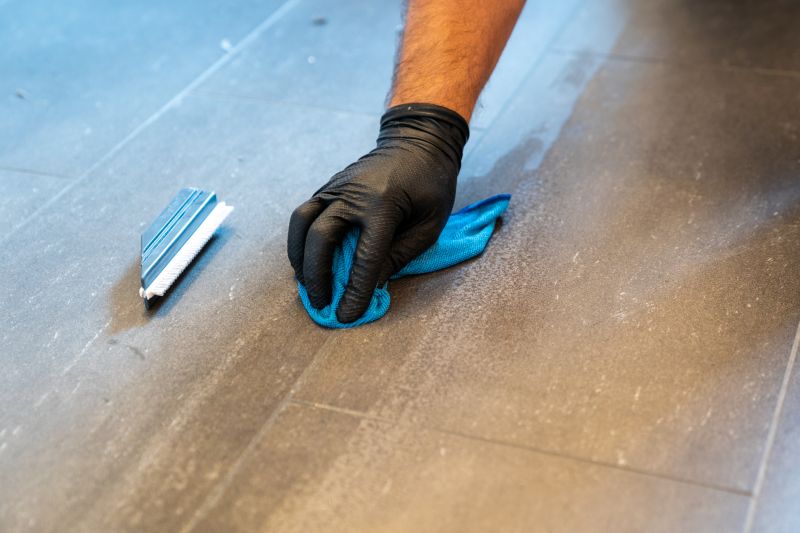
A 60-second routine that keeps Waterproofings looking new.
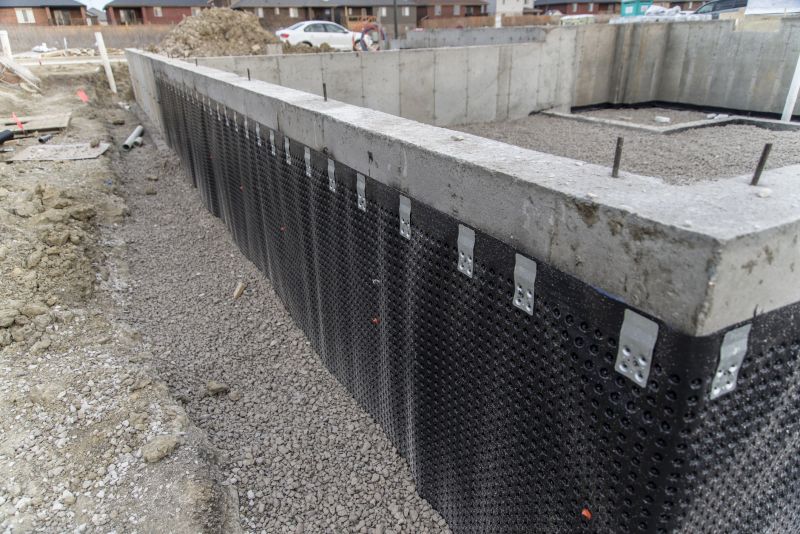
A frequent mistake in Waterproofings and how to dodge it.
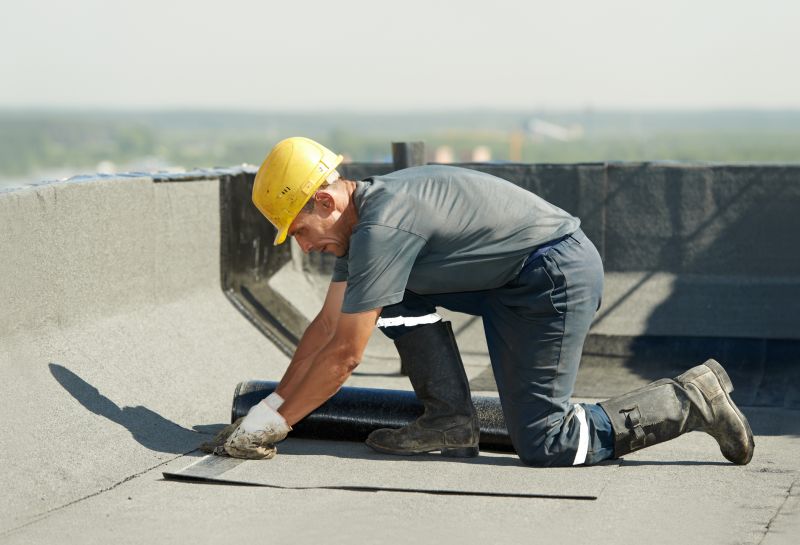
Small tweaks to make Waterproofings safer and easier to use.
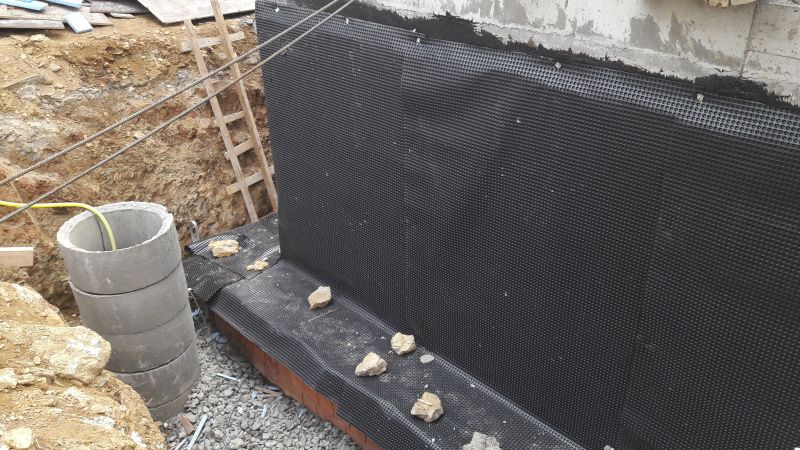
Lower-waste or water-saving choices for Waterproofings.
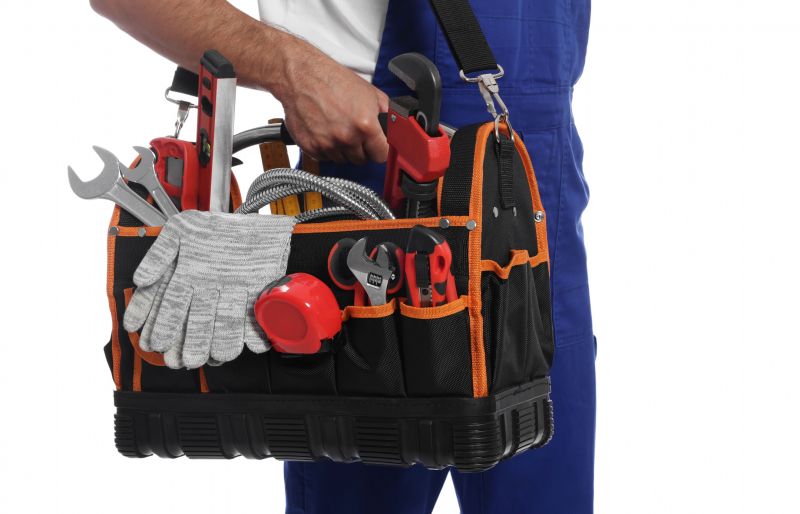
The short, realistic tool list for quality Waterproofings.
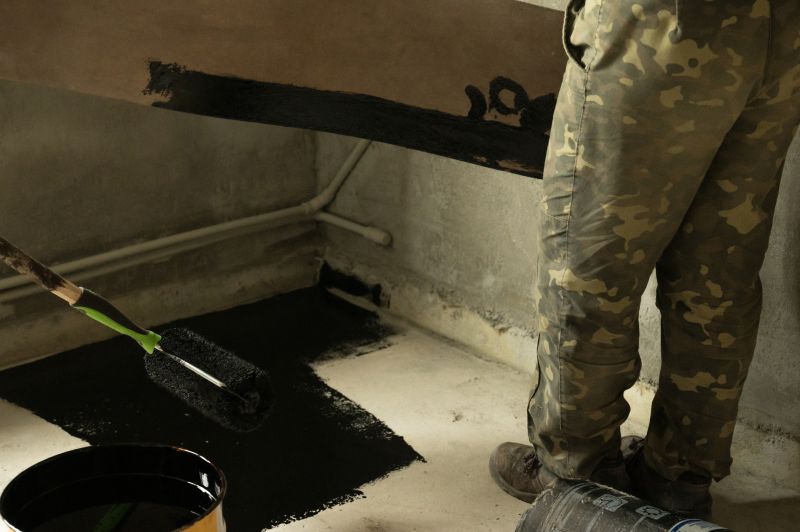
Rough timing from prep to clean-up for Waterproofings.
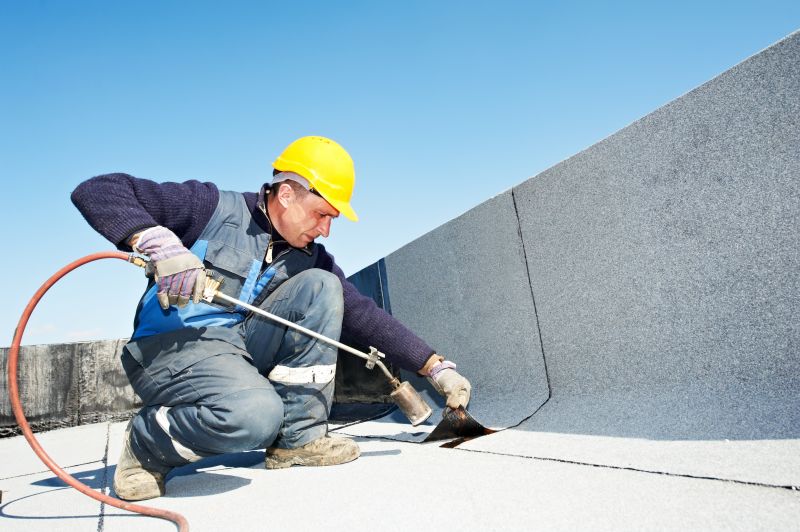
Quick checks and paperwork to keep after Waterproofings.
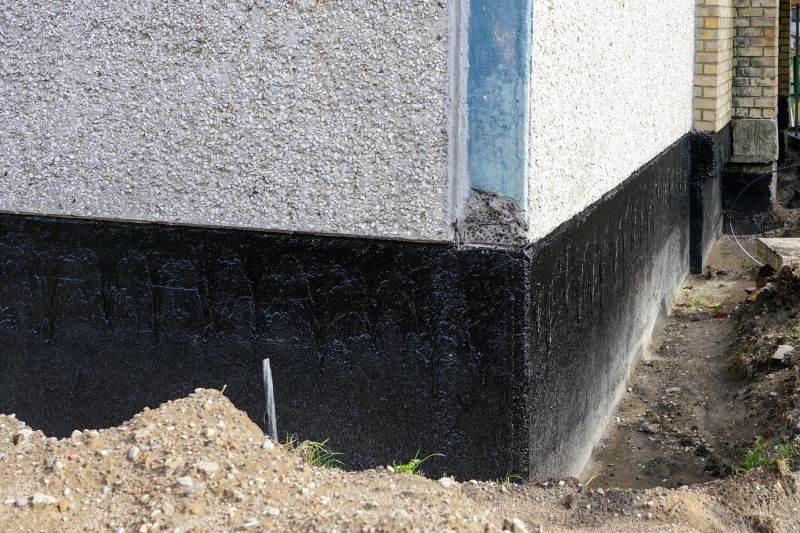
Examples that show the impact a good Waterproofings can make.
Scheduling waterproofing projects during the appropriate season can ensure maximum effectiveness. Consulting with waterproofing professionals can help determine the best timing based on local climate conditions and specific project requirements. Properly timed waterproofing can prevent water damage, mold growth, and structural deterioration, saving costs and extending the lifespan of the property.
Interested in waterproofing services? Fill out the contact form to discuss options and schedule an appointment.

